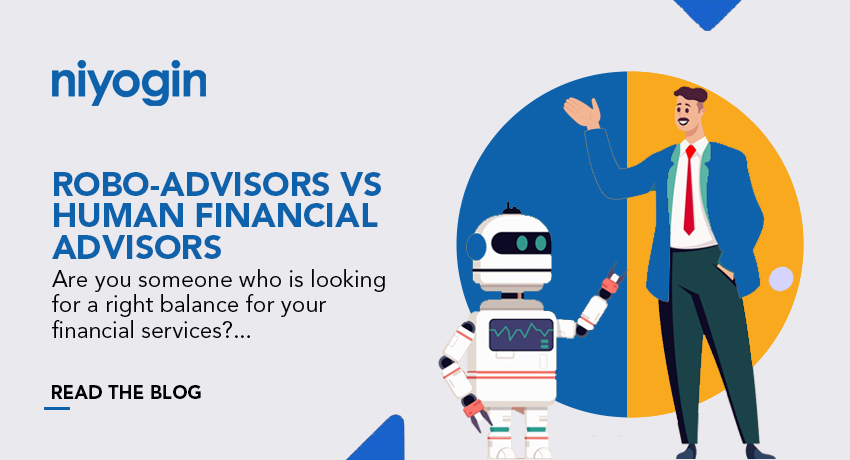In the ever-changing landscape of financial advising and investment management, two separate techniques have arisen as rivals for the title of the most effective and efficient means of managing your wealth: Robo-advisors and Human advisors. Both have their unique strengths and weaknesses and choosing the right option can significantly impact your financial well-being.
Understanding Robo-Advisors
The algorithms of Robo-advisors are based on modern portfolio theory and diversified asset allocation methodologies, making them an efficient and low-cost solution. Here are some of the primary benefits of Robo-advisors
- Cost-effective: Robo-advisors frequently offer more economical fees than traditional human advisors, making them a cost-effective option for investors.
- Accessibility: They are available 24 hours a day, seven days a week, allowing you to monitor your investments and make changes at any time.
- Diversification: Robo-advisors develop diversified portfolios based on data-driven insights, lowering risks and optimizing returns.
- Impartiality: Robo-advisors make investing judgments based on data rather than emotion.
However, Robo-Advisors have limitations:
- Lack of Personalization: They may not evaluate your specific financial circumstances, goals, and risk tolerance as thoroughly as human consultants.
- Limited Human Interaction: Robo-advisors can be impersonal and lack the personal touch of people who appreciate human engagement.
Understanding Human advisors
Human advisors, on the other hand, are skilled experts who give personalized financial advice and investment management. They have the following benefits:
- Personal Guidance: Human advisors adapt their recommendations to your individual financial goals, risk tolerance, and life circumstances.
- Emotional Support: They can provide emotional support amid market volatility and assist you in being disciplined in your financial strategy.
- Financial Planning: Human advisors provide comprehensive financial planning services such as tax preparation, estate planning, and retirement planning.
- Adaptability: They can respond quickly to shifting market conditions and alter your investing strategy accordingly.
Human advisors, on the other hand, also have a few drawbacks:
- Higher Fees: Their services are frequently more expensive, and fees may be a portion of your assets under management.
- Bias: Some human advisors may have conflicts of interest, resulting in suggestions that benefit them more than their clients.
How to find the right balance between these two?
The decision between robot advisors and human advisors is not binary. Many investors believe that a hybrid approach is the best solution. Here are some things to keep in mind:
- Your financial objectives: A Robo-Advisor may be sufficient if you have simple investment demands and long-term ambitions. If your financial position is more complicated, a human advisor can provide tailored advice.
- Risk Tolerance: If you are risk averse and want guidance during volatile markets, a human advisor’s emotional support may be invaluable.
- Cost: Consider your financial situation. Robo-advisors are less expensive, whereas human advisors provide a more thorough but more expensive service.
- Time: Consider how much time you can devote to managing your money. Robo-advisors demand less direct supervision.
Finally, a balanced approach that integrates both digital automation and human experience may deliver the best of both worlds. You can make an informed selection that is in line with your financial future if you understand the benefits and drawbacks of each option. The goal is to focus on what will best suit your needs and financial well-being in the long run.

